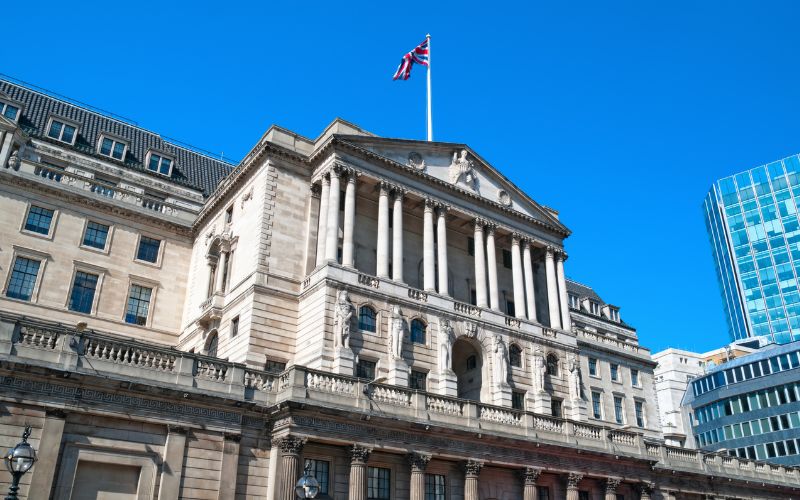The Fed’s priorities are shifting from inflation to the US labour market. As long as inflation doesn’t spiral, the main priority for the central bank’s interest rate roadmap will be to keep unemployment low if job creations aren’t growing. This will be an alternative method to keep inflation down as fewer job creations should mean lowered wage growth.
Chair Jerome Powell hinted towards two further rate cuts before the year’s end with the possibility of just one rate cut next year. This will very much be dependent on future data reports as any decline in economic growth or employment levels could be a catalyst for further rate cuts in 2026. This gives the central bank optionality to be agile should the state of the economy or labour market deteriorate.
From an investment perspective, equities typically perform well in a lower interest rate environment provided the US economy continues growing at a healthy pace. The S&P 500 made modest gains the day after the rate cut in light of the dovish outlook by the Fed for the remainder of the year.
If the labour market continues to show signs of softening, the Fed could reduce interest rates further. This should lower bond yields meaning prices rise. Therefore, government bonds could play a pivotal role within a multi-asset portfolio, offering downside protection should conditions cool further.
